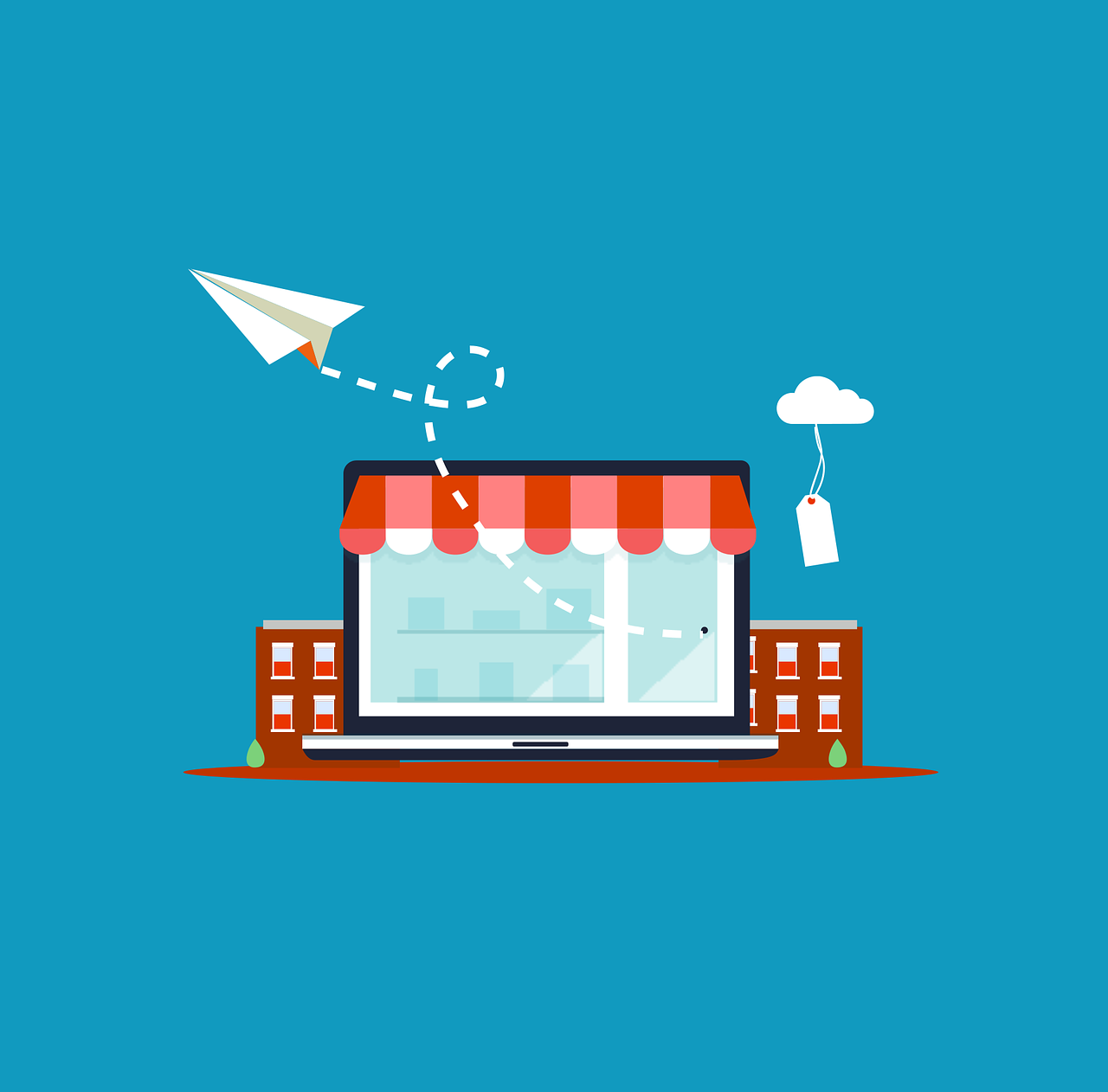
06 Apr REDEFINING THE SHAPE OF POSTAL SERVICES
The postal service has been a crucial part of modern society for centuries, delivering letters, packages, and other forms of communication between people and businesses. But it’s also no secret that with the rise of digital communication and e-commerce, the future of postal services is uncertain. As keynote speakers and futurist consultants, we thought we might lay out some of the possible scenarios that could shape the future of postal services.
For example, one way things might trend for these solutions is that they will continue to exist as they currently do, but with a greater emphasis on speed and convenience. As e-commerce continues to grow, there will be an increasing demand for fast and reliable delivery of packages. This will require postal services to invest in new technologies such as automated sorting systems, delivery drones, and electric vehicles. Additionally, postal services may need to offer new services such as same-day or on-demand delivery to compete with other delivery services.
Then again, an alternate possible future for postal services is that they will become more specialized and focused on certain types of mail. For example, some postal services may choose to focus on delivering mail and packages to remote or rural areas, where other delivery services may not be as reliable. Alternatively, these providers may focus on delivering high-value or sensitive items, such as legal documents, medical supplies, or jewelry. By focusing on specific niches, postal services may be able to differentiate themselves from other delivery services and offer a unique value proposition to their customers.
Of course, we might also imagine a future where your local neighborhood carriers are replaced by digital communication and delivery systems. As more people use email, text messaging, and other forms of digital communication, the need for physical mail may decrease. Additionally, advances in 3D printing and other manufacturing technologies may make it possible for people to produce many of the items they would otherwise order online, further reducing the need for delivery services. In this scenario, postal services may transition to become digital communication providers, offering email, messaging, and other digital services to their customers.
Regardless of which future scenario ultimately plays out, there are several hurdles that postal services will need to address. One of the biggest challenges is adapting to the changing needs and expectations of customers. As people become more accustomed to fast, reliable, and convenient delivery services, postal services will need to invest in new technologies and processes to meet these expectations. Additionally, these agencies will need to balance the demand for fast delivery with the need to be environmentally sustainable, using electric or hybrid vehicles and exploring new ways to reduce their carbon footprint.
Another potential stumbling block for these carriers is competition from other delivery services, both traditional and new. As e-commerce continues to grow, more companies are entering the delivery space, offering new and innovative services to customers. Postal services will need to find ways to differentiate themselves and offer unique value propositions to customers in order to remain competitive.
So if you haven’t already guessed by now? The future of postal services is uncertain, but one thing is clear: postal services will need to adapt and evolve in order to remain relevant in a rapidly changing world. Whether through new technologies, specialization, or other pivots, postal services will need to find ways to meet the changing needs and expectations of customers and compete with other delivery services.



